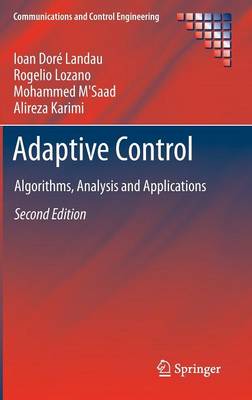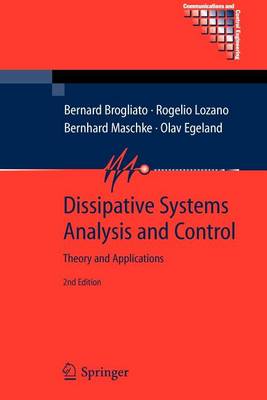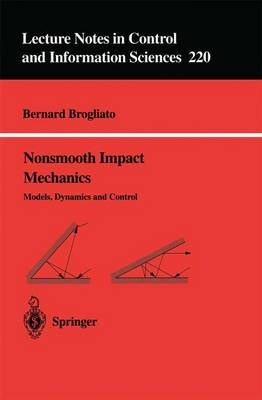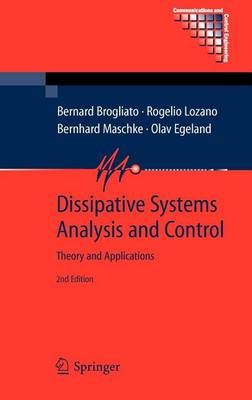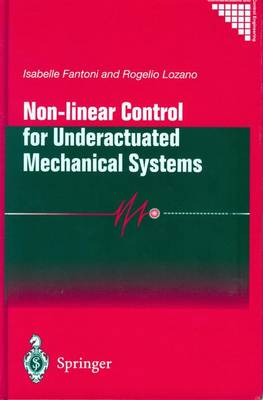Communications and Control Engineering
6 total works
Adaptive Control
by Ioan Dore Landau, Rogelio Lozano, Mohammed M'Saad, and Alireza Karimi
Dissipative Systems Analysis and Control
by Bernard Brogliato, Rogelio Lozano, and Bernhard Maschke
Dissipative Systems Analysis and Control: Theory and Applications
by Bernard Brogliato, Rogelio Lozano, Bernhard Maschke, and Olav Egeland
Non-linear Control for Underactuated Mechanical Systems
by Isabelle Fantoni and Rogelio Lozano
This book deals with the application of modern control theory to some important underactuated mechanical systems, from the inverted pendulum to the helicopter model. It will help readers gain experience in the modelling of mechanical systems and familiarize with new control methods for non-linear systems.

